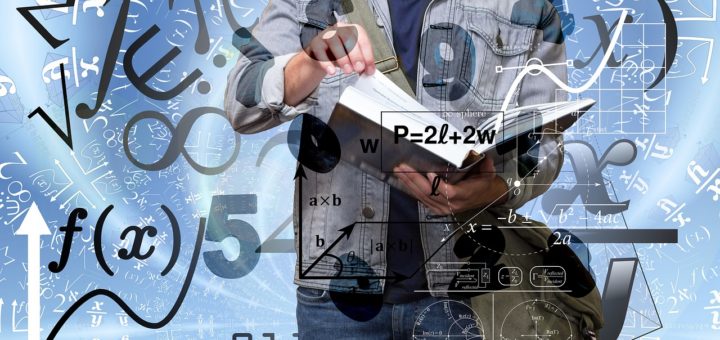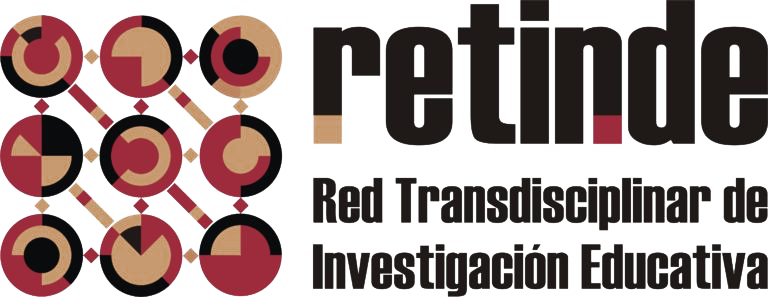The graphical representation or visualisation of information and data
Nowadays we live immersed in a digital and digitalised society. We are constantly receiving large amounts of data and information through multiple channels and in different formats (graphic, textual, audiovisual, digital, etc.). Such is the volume of information received that in 1996, the consultant Alfons Cornellá (2013) coined the term infoxication to refer to an intoxication of information, a scenario of receiving hundreds of pieces of information daily in which we jump from one to another, without being able to dedicate adequate time to their analysis and evaluation. Moreover, many of them end up being forgotten.





